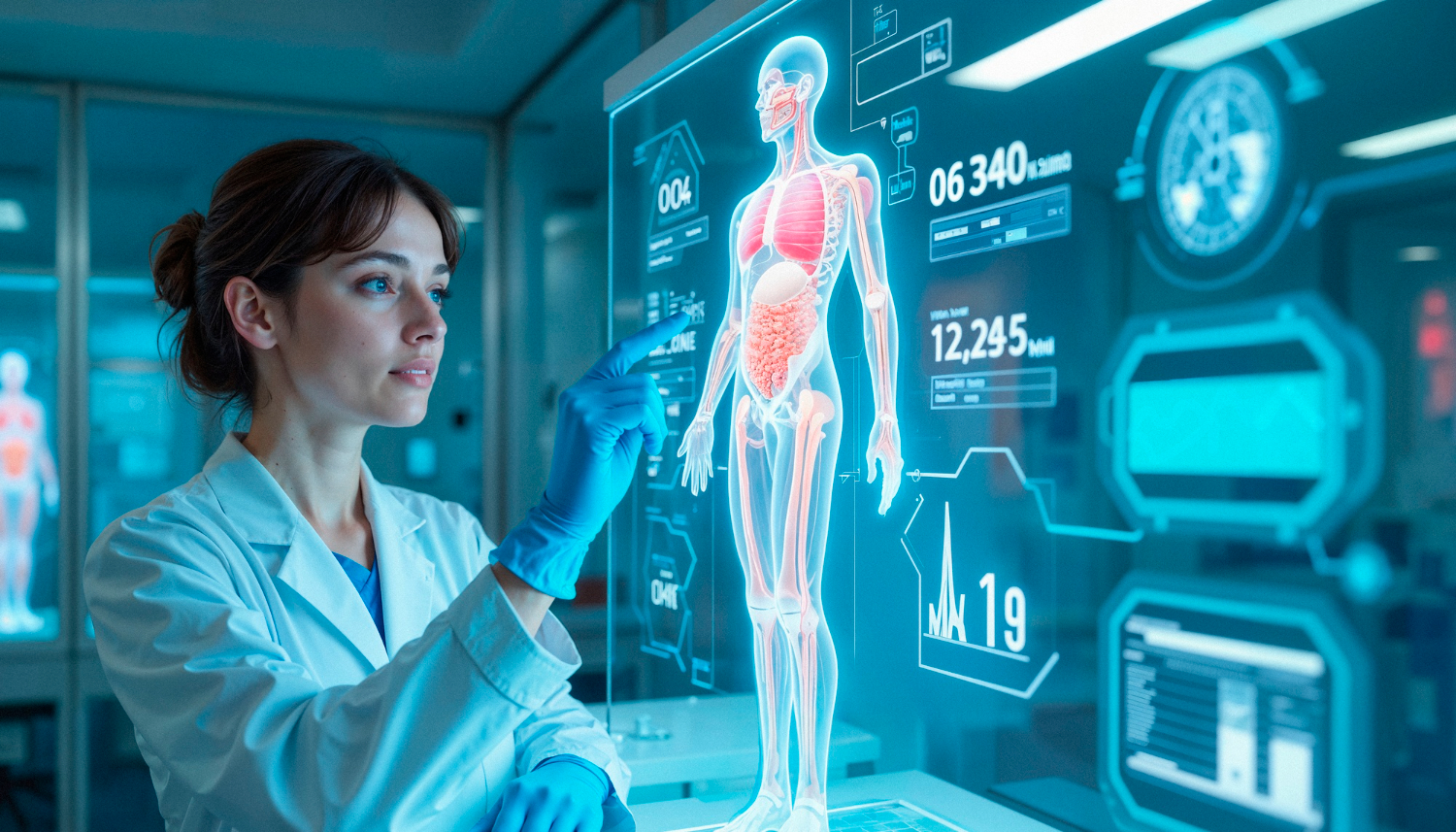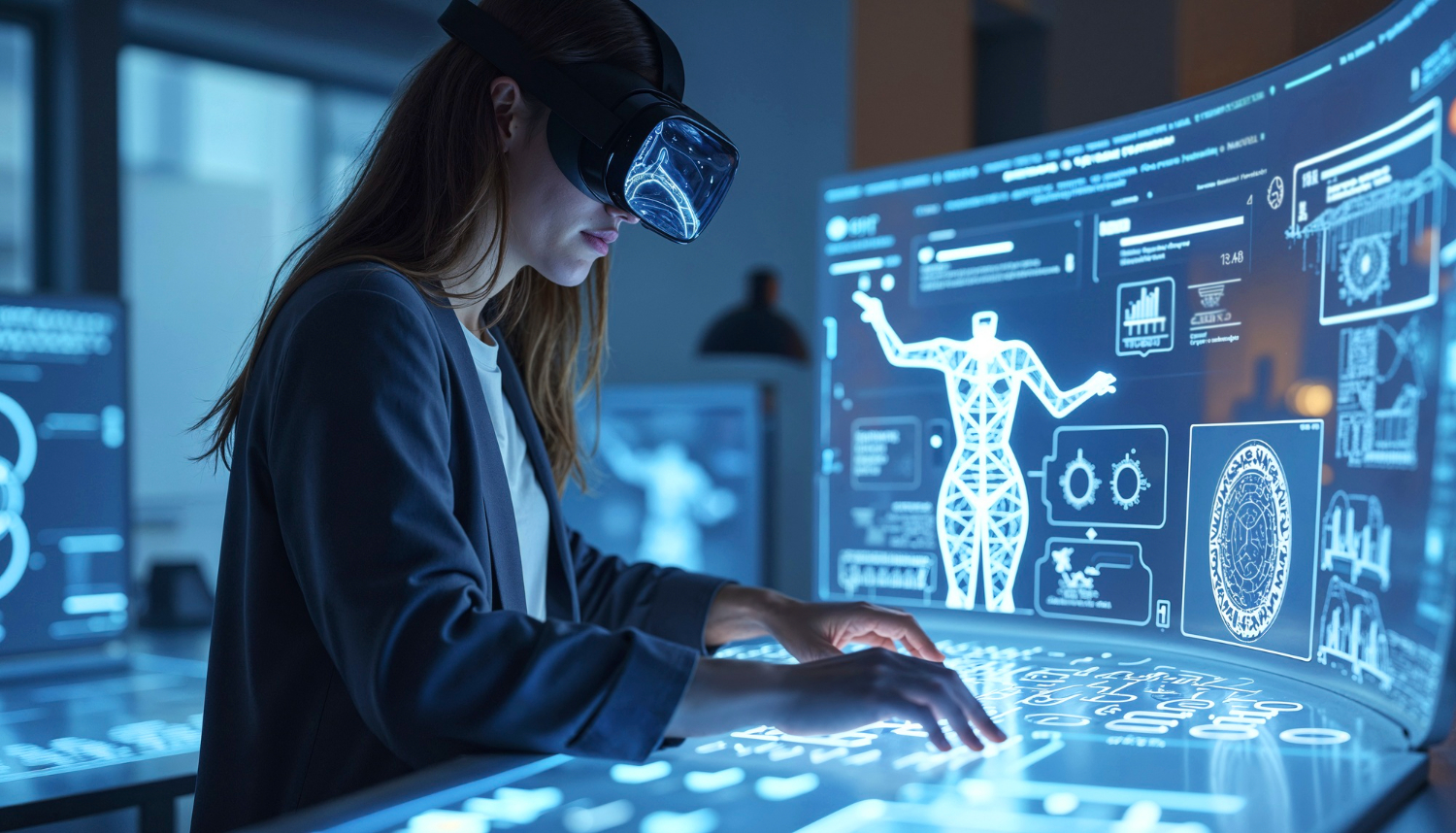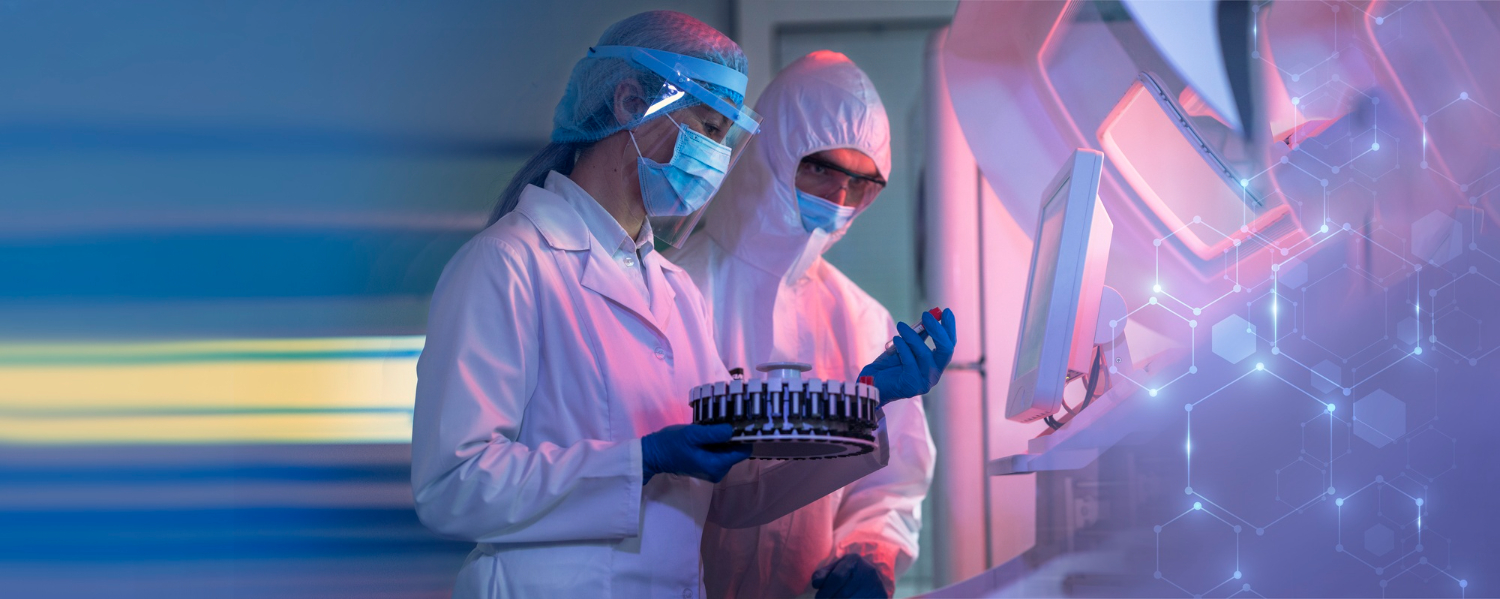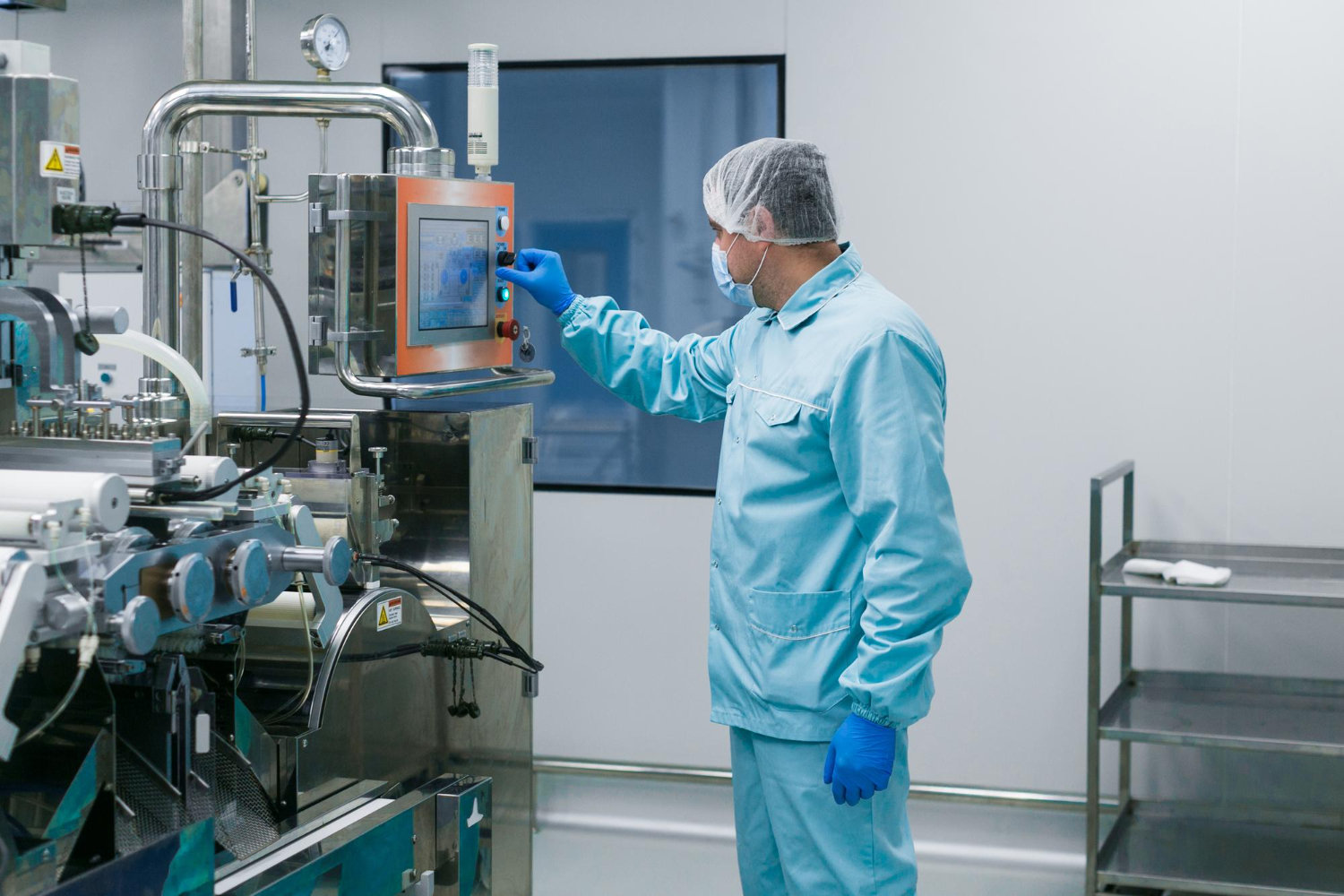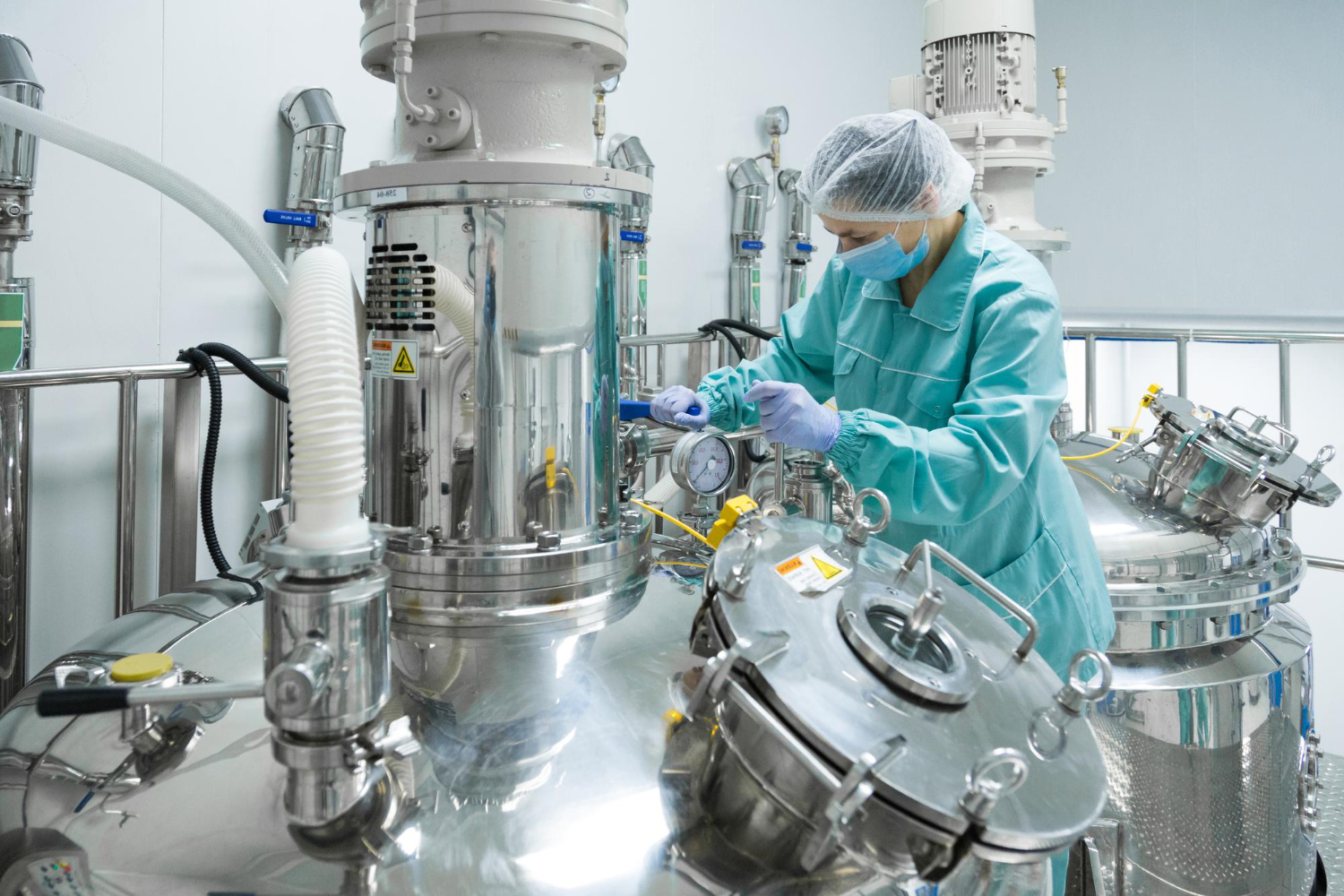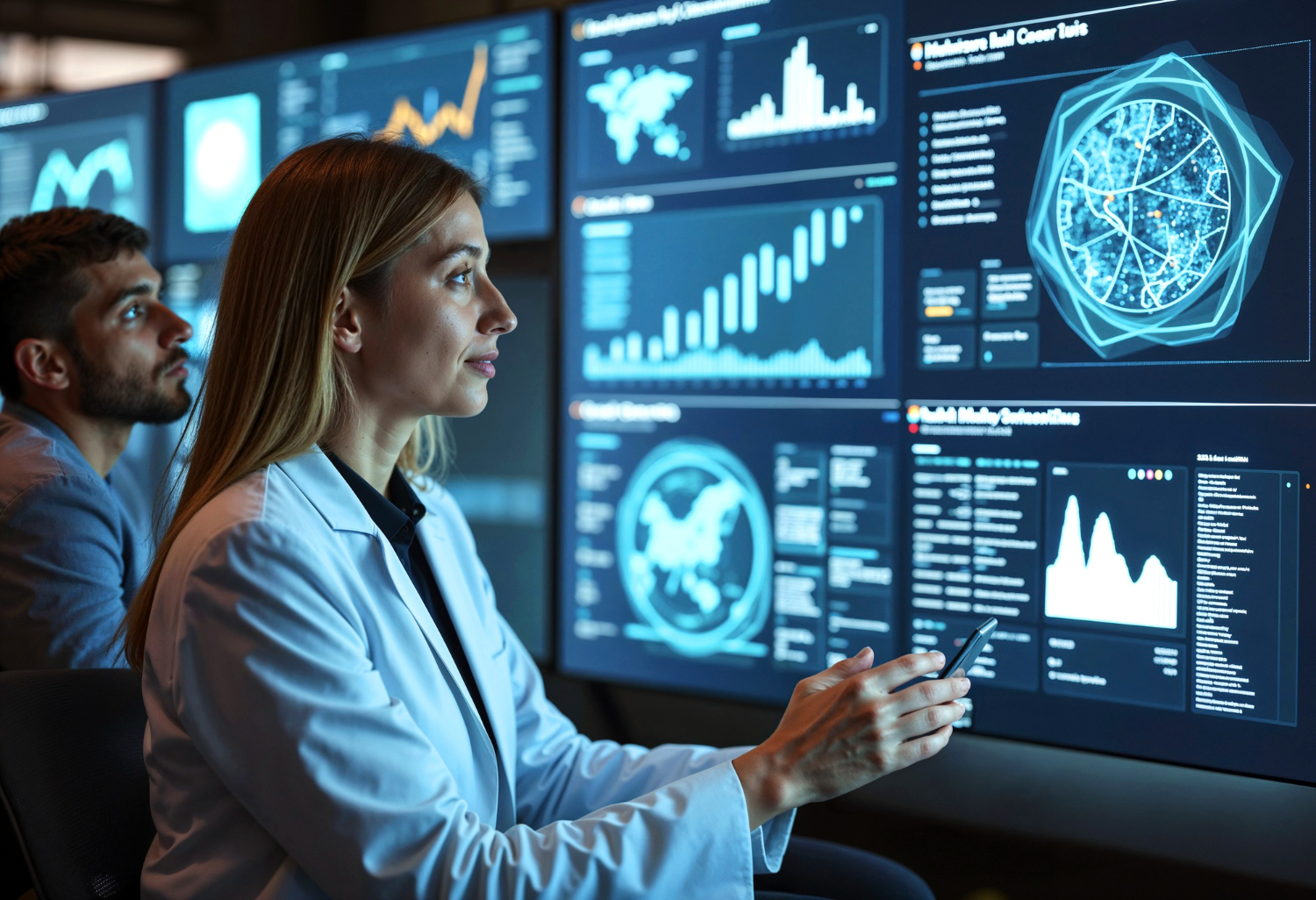Introduction
Markov chains are a way of predicting the next step in a process based only on the current step. They are named after Andrey Markov, a Russian mathematician. These chains are used in Generative AI to help machine learning models make decisions, create content, and improve responses.
Many Generative AI models use Markov chains to generate text-based content, images, and even video games. They are also used in customer service, helping chatbots reply naturally.
For example, in text generation, an AI model can predict the next word based on the previous one, making the sentence more realistic. LLMs, such as AI chatbots, depend on these predictions to respond accurately.
Businesses also use Markov chains in computer vision, helping AI process images, and in AR/VR/XR to improve virtual environments. They are a key part of how AI learns and improves.
The Fundamentals
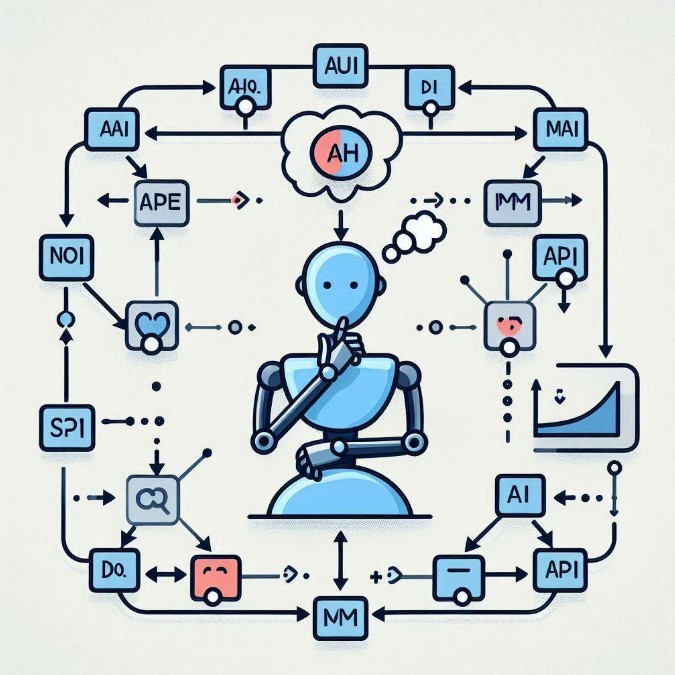
Markov chains follow a simple rule: it predicts the next step based only on the current step, without remembering the past. This is useful in AI models because it helps them make quick and accurate decisions.
The process works using a transition matrix, which is a table of probabilities showing what the next step might be. For example, in text-based AI, if the current word is “hello,” the Markov chain checks the most likely next word, such as “there” or “friend.” It also forms the backbone of Google’s PageRank algorithm, which analyses over 130 trillion web pages to rank search results effectively (Urwin, 2024).
These chains are widely used in deep learning and machine learning algorithms to train AI. They help AI train the model using patterns from training data. They are also used in neural network architectures, which power many Generative AI tools.
In real-world applications, they are used in:
-
Customer service chatbots, where AI predicts the best response.
-
Text generation, creating human-like sentences in chatbots or story-writing AI.
-
Video games, where AI predicts a character’s next move based on previous actions.
Since Markov chains do not need to remember the entire past, they work fast. This makes them ideal for real-time AI applications, like AI assistants and sentiment analysis, which checks how people feel from text.
By combining Markov chains with deep neural networks, AI becomes smarter at predicting and generating realistic outputs.
Read more: Generative AI for Customer Service: The Ultimate Guide
Applications in Generative AI

In Generative AI, Markov chains help AI learn how to create new content, whether it’s text, images, or even video games.
Text Generation
Markov chains are used in LLMs for chatbots and virtual assistants. These models predict the next word in a sentence based on the previous one, making responses more natural.
Video Games
Game developers use Markov chains to make AI characters act realistically. Instead of following fixed patterns, the characters predict their next move based on the current situation. This makes games more engaging and realistic.
Read more: Generative AI in Video Games: Shaping the Future of Gaming
Sentiment Analysis
Companies use Markov chains to analyse customer feedback. By examining patterns in text-based reviews, AI can predict if a comment is positive, negative, or neutral. This helps businesses improve their products and services.
AI Model Training
When training an AI, it goes through a training process where it improves over time. Markov chains help by predicting the best changes to improve the model’s accuracy.
How Markov Chains Improve Generative AI Models
-
They help fine-tune AI responses by predicting the most likely outputs.
-
They improve training data usage by filtering unnecessary information.
-
They assist in solving loss function problems, making AI models more precise.
-
They speed up the training process, reducing computational power costs.
From text-based applications to Generative AI tools, Markov chains make AI smarter, faster, and more useful in real-world situations.
Applications in Computer Vision
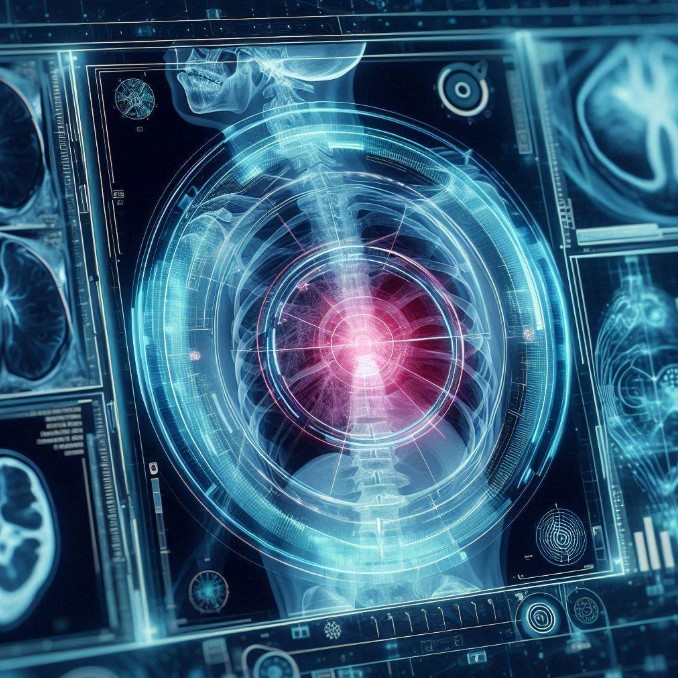
Computer vision is when AI learns to “see” and understand images. Markov chains help by predicting patterns in pictures, making AI better at recognising objects.
Medical Imaging
Doctors use AI to find diseases in medical scans. Markov chains help by predicting where problems might be in an image. This saves time and helps doctors diagnose patients faster. Synthetic data generation using AI has improved disease detection accuracy by up to 20% in medical imaging applications (Wu et al., 2019).
Autonomous Vehicles
Self-driving cars need AI to “see” the road and make decisions. Markov chains predict the movement of other cars, pedestrians, and traffic signals. This helps the car react in real-time to avoid accidents.
Read more: AI for Autonomous Vehicles: Redefining Transportation
Deep Neural Networks in Image Processing
AI uses deep neural networks to process images. Markov chains help by deciding which details are important. This is useful in:
-
Security cameras that detect suspicious activity.
-
Retail stores using AI to track customer movements.
-
Smartphones that enhance photos automatically.
Generative AI and Computer Vision
AI can create new images using Generative Adversarial Networks (GANs) and Variational Autoencoders (VAEs). Markov chains help these models learn how to create realistic images, such as:
-
Generating faces for AI-powered avatars.
-
Creating artwork based on learned styles.
-
Improving blurry or low-quality photos.
Since AI processes millions of images, it needs computational sciences to work efficiently. Markov chains help reduce the workload, making AI models faster.
By using Markov chains, Generative AI tools in computer vision become more powerful, improving industries like healthcare, security, and entertainment.
Markov Chains in AR/VR/XR
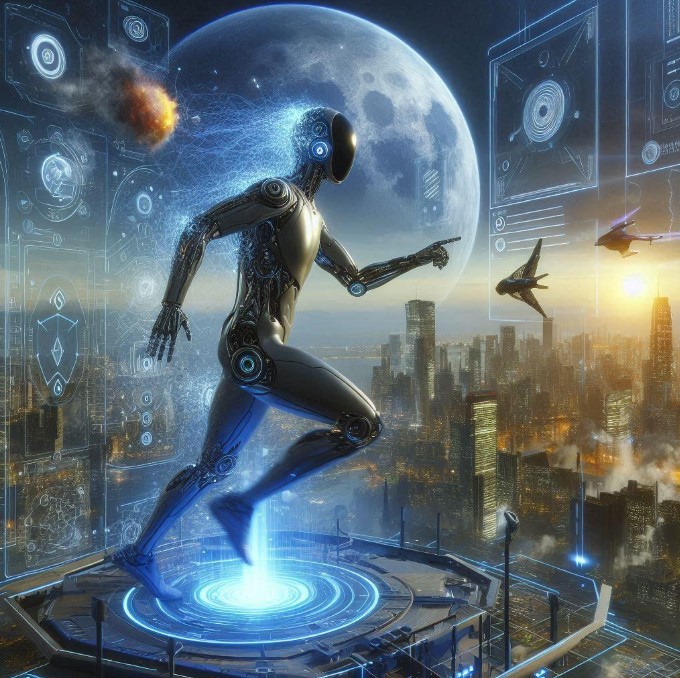
Augmented Reality (AR), Virtual Reality (VR), and Extended Reality (XR) create immersive digital experiences. Markov chains help AI predict and generate movements, making virtual worlds feel more natural.
AI-Powered Avatars in VR Games
In video games, AI characters should react like real people. Markov chains help by predicting a character’s next action based on the current situation. This makes interactions in VR games feel more realistic.
Augmented Reality in Shopping
Retailers use AR to let customers “try on” clothes or makeup using their phone camera. Markov chains predict how a product will look based on different angles and lighting, making virtual try-ons more accurate.
Read more: How AR and AI Redefine Virtual Try-On in E-Commerce
XR for Training Simulations
Industries like healthcare and aviation use XR to train professionals. For example, doctors use VR to practise surgeries. Markov chains help by adapting the simulation in real-time, making the experience closer to real life.
Improving Computational Power Efficiency
Running AR/VR/XR experiences takes a lot of computational power. Markov chains help by reducing unnecessary calculations. This allows AI to run smoothly without lag, improving the user experience.
Making Virtual Worlds Smarter
By using Generative AI models, AI can create dynamic, evolving virtual worlds. Markov chains help these models generate realistic environments that change based on user actions.
From video games to AI applications in business and healthcare, Markov chains help make AR/VR/XR more interactive, responsive, and efficient.
Technical Challenges and Solutions
AI models require enormous computational power to process training data efficiently. While Markov chains provided early solutions, modern deep learning techniques now dominate Generative AI tools.
Challenges in Generative AI
Computational Power & Efficiency
Traditional models like Markov chains struggle with complex patterns. AI now needs high-performance computing to handle massive datasets.
Limited Training Data
AI learns from both structured and unlabeled data, but ensuring quality and diversity remains a challenge.
Fine-Tuning Learned Models
Adjusting learned models for better performance without retraining from scratch requires advanced optimisation techniques.
Modern AI Solutions
Transformers & Self-Attention
Transformers process entire text sequences at once, improving fine-tuning in text-based AI applications.
Recurrent Neural Networks (RNNs) & LSTMs
These models retain past information, making them ideal for AI-powered customer service, text generation, and sentiment analysis.
Neural Radiance Fields (NeRFs)
It’s one of the most amazing approaches in computer vision and AR/VR/XR, NeRFs generate realistic 3D scenes from 2D images, outperforming traditional models.
Read more: How Generative AI and Robotics Collaborate for Innovation?
What We Can Offer as TechnoLynx
At TechnoLynx, we specialise in integrating Markov chains with Generative AI models to create advanced AI solutions.
Customer Service AI
We develop text-based AI for customer service, improving chatbots that give fast, human-like responses. Using Markov chains, our AI predicts and generates the best replies, improving real-time support.
Computer Vision Solutions
Our AI solutions use deep neural networks and Markov chains for computer vision applications, such as:
-
AI-powered security cameras that detect unusual activity.
-
Smart retail tracking to analyse customer movement.
Medical imaging AI that helps doctors diagnose diseases faster.
Advanced AR/VR/XR Experiences
We build AI solutions for AR/VR/XR applications. Our AI-powered video games use Markov chains for intelligent NPCs (non-player characters). We also provide Generative AI tools for real-world business applications, like virtual training and AR-based shopping experiences.
At TechnoLynx, we ensure AI solutions that are smart, efficient, and ready for industry use.
Conclusion
Markov chains play a key role in Generative AI, helping AI make predictions, generate content, and improve user experiences. From text generation in LLMs to computer vision and AR/VR/XR, they help AI work smarter.
By reducing computational power needs and improving training data usage, Markov chains make AI more efficient.
At TechnoLynx, we use Markov chains to build powerful AI solutions for real-world applications, from customer service to video games. The future of Generative AI depends on making AI smarter, and Markov chains are a big part of that journey.


